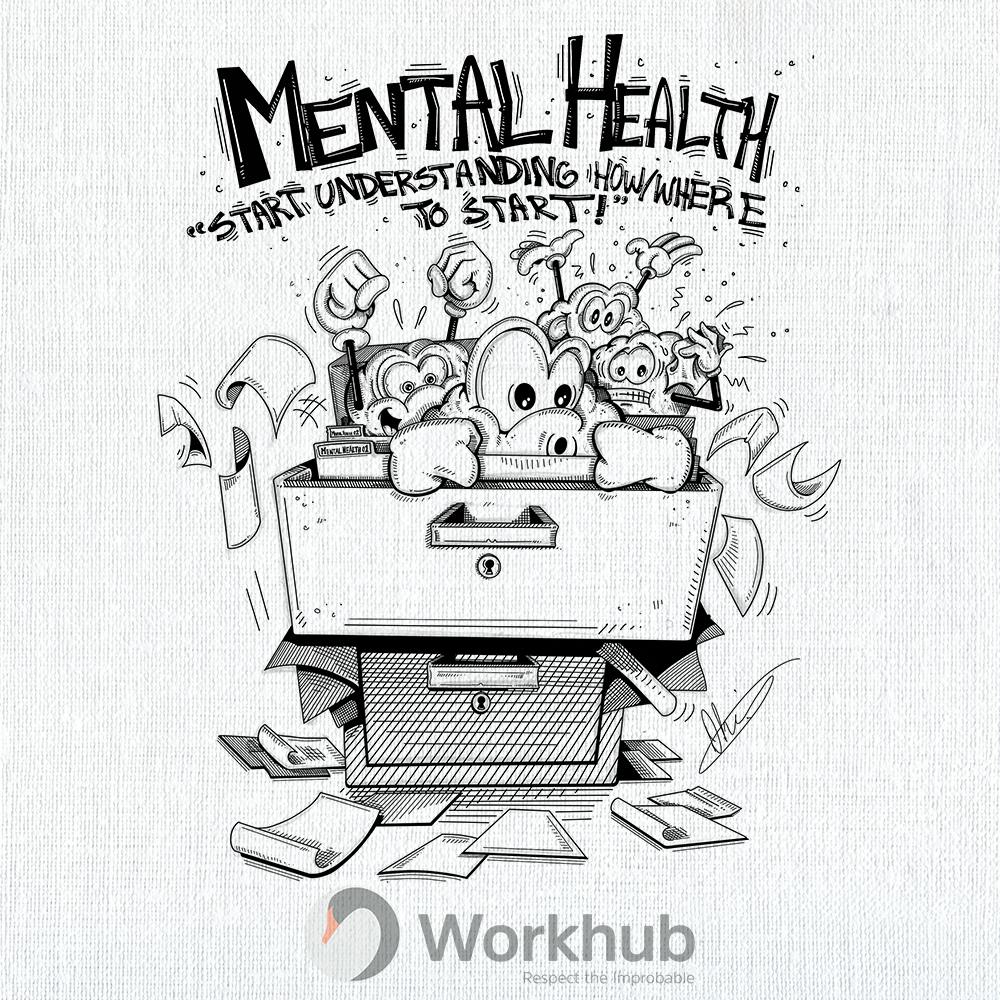
What is Mental Health in the workplace?
Mental illness is common. About 1 in 5 adults has a mental illness in any given year. Mental health is protected at work - like other disabilities and the duty to accommodate and both physical and mental illness are treated the same under law and both need doctors note. Obviously, most people don’t want to disclose their issues and, as an employer, it becomes the other side of the story - once mental health issues are disclosed it does make it hard to terminate the employee. On both sides we try to tread carefully.
For individuals the signs to look for/address are:
· Feeling down
· Feeling confused can’t concentrate
· Excessive worries or guilt
· Extreme mood changes
· Withdrawal from friends and activities
· Significant tiredness or low energy
· Detachment from reality
· Inability to cope with stress
· Trouble relating to situations and people
· Problems with alcohol or drugs
· Major changes in eating habits
· Excessive anger
· Suicidal thoughts
For companies - Mental Health issues cause employee turnover, workers comp claims, poor customer interactions, damaged corporate reputation, and possibly even lead to litigation.
For employers and employees, we need to make sure we Document everything. Document that you have had a conversation or if they did not want to talk. Develop a prevention and action plan and document it. Determine who to report to and advise specific others that need to know about the plan. For undo-hardship, when an employee says they cannot do a few things about their job, get a functional ability form from a specialist plus do a risk assessment of their jobs and document!
A help toolkit and brilliant article in CCOHS - just published in February of 2025 - called the CCOHS Workplace Mental Health Toolkit (found at: https://www.ccohs.ca/workplace-mental-health-toolkit). It provides:
- An Introduction, assessment tools, and how to begin developing a mental health program.
- An overview on understanding psychosocial factors and related hazards and risks, and how you can address them in your workplace.
- Conversations surrounding mental health can be challenging. Learn how to have meaningful conversations about mental health in the workplace, and how to manage change from both employer and worker perspectives.
- Learn about prevention practices and workers’ needs
- Finally, see a long list of resources including handouts, infographics, support and courses.
Conclusion: Addressing Mental Health can be very complicated and may ultimately involve professionals with skills that are beyond your abilities. It all starts with an open and honest documented discussion with the employee about your concerns. Research, understand, plan, interact, and Document. You may not be able to force someone to get professional care, but you can offer encouragement and support (maybe you can help them find a qualified mental health professional). Ultimately, the plan may require the need to call for emergency help.
In the world of Mental Health, it all requires adequate documentation. One solution is to use Workhub’s simple, all-inclusive $4 per user per month health and safety management software. Our customer support team is always available to help and its always free to book a demo at www.Workhub.com.
Go to Workhub.com and see if you should be one of our excellent customers. Workhub provides a complete health and safety compliance software that allows easy management of data, incidents, training, procedures, policies, inspections, and more, centralized in one easy-to-use hub.
Still have questions?
Let our knowledgeable sales team give you a full product tour and answer any specific questions you may have.
Workhub Internal